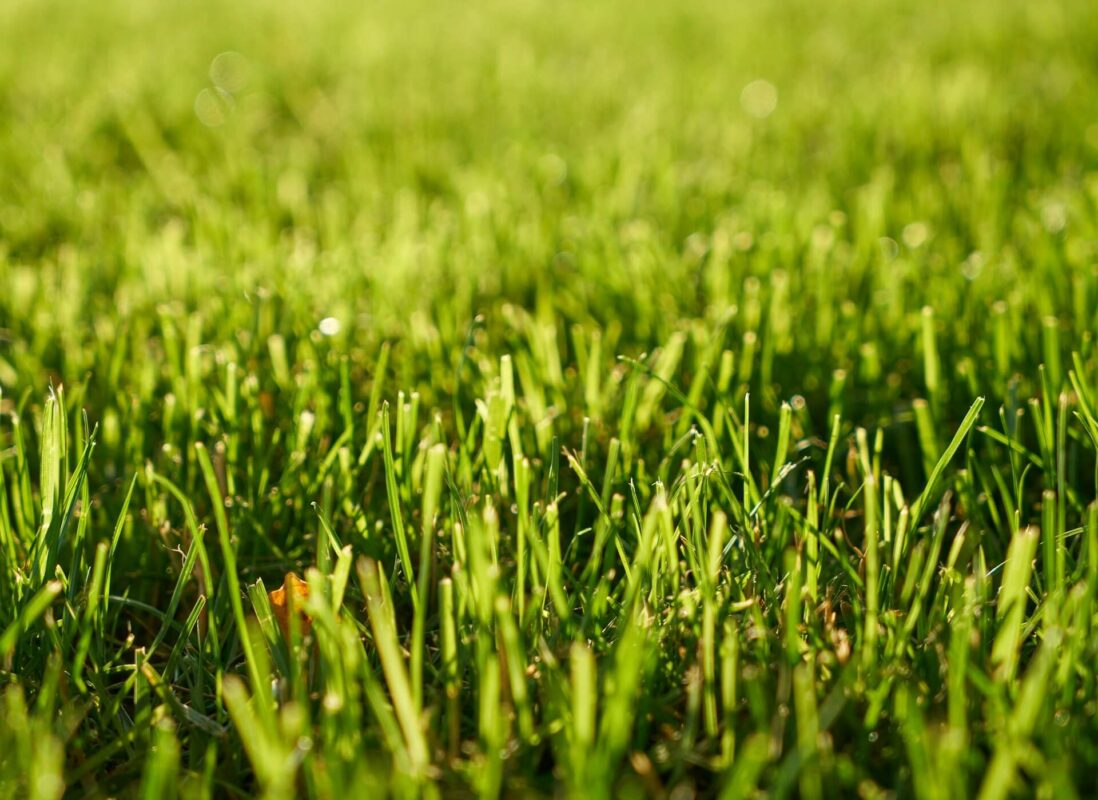Lawn and Garden Solutions for Shady Areas

One of the most common lawn and garden questions we get here at Nature’s Finest Seed has to do with landscaping in the shade. From my own experience, dealing with a shady yard can be tricky and sometimes downright frustrating. No matter how good the soil is, no matter the quality of the seed, if sunlight conditions are not appropriate for the plant species you’re trying to grow you’ll never see that area reach its full potential. This is especially true for our lawns. Grasses as a whole tend to prefer full-sun and begin to thin-out in shady areas. Combine a lack of sunlight with heavy traffic, poor soil conditions or moisture issues and you’ll soon have a bare, weedy area that turns into a muddy mess with every rainstorm. But by being aware of light conditions and using a few of Nature’s shade-loving plants, you’ll be able grow a lush lawn or garden even in shady areas of your yard.
Shade Tolerant Grass Species
First, when dealing with lawn be sure to plant the proper species. This is easier for northern parts of the country where cool-season grasses are most commonly used. The most shade tolerant grasses are the fescues, in particular creeping red fescue. This finely-bladed grass can survive with only 2-4 hours of sunlight a day. Other types of fescue such as hard fescue and chewings fescue are also very shade tolerant. For southern yards the choices are limited since warm-season grasses are not very shade tolerant. In these situations your best choices are cool-season tall fescue which grows well in southern areas, and warm-season zoysia grass. While not as shade-tolerant as the fine fescues, these grasses can handle partially shaded areas. Burmudagrass and buffalograss require full sun and are not recommended for shady areas.
Alternatives to Lawn in Shady Areas
For a selection of shade-tolerant wildflowers, try growing Chinese houses, columbine, dames rocket, gilia wildflowers, rocket larkspur, purple coneflower and baby’s breath. Again, these plants will survive partial shade but not heavy shade. For heavy shade, sometimes it’s best to avoid using grasses and wildflowers altogether and opting for a different type of groundcover like white Dutch clover. Clover is an amazing groundcover that can produce a thick, lush lawn in the heaviest of shade. Clover also never needs fertilizer, requires little watering, retains its color longer into the fall and greens up the fastest in the spring, doesn’t need to be mowed, thrives in poor soil conditions, smells great and is unaffected by dog urine.
Management Tips
Of course there are some things you can do for your lawn and garden that will improve their ability to withstand shady conditions. Pruning dense trees is a good way to improve sunlight penetration to areas that receive less than three hours of sun a day. You can also mow your grass higher in shady areas. This leaves more leaf area which helps to absorb as much sunlight as possible. Heavily shaded areas should also receive less fertilizer than full-sun areas and should be watered deeply but infrequently.
While maintaining a lawn or garden in the shade can be challenging, it doesn’t have to be impossible. By using shade-tolerant plant species and making a few management adjustments, your landscape can thrive in every corner of your yard.

